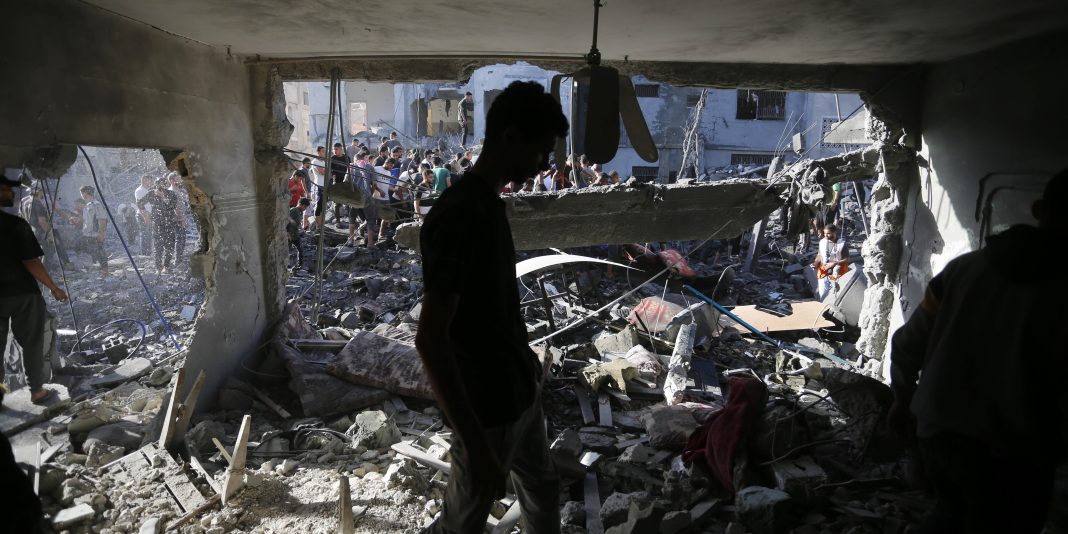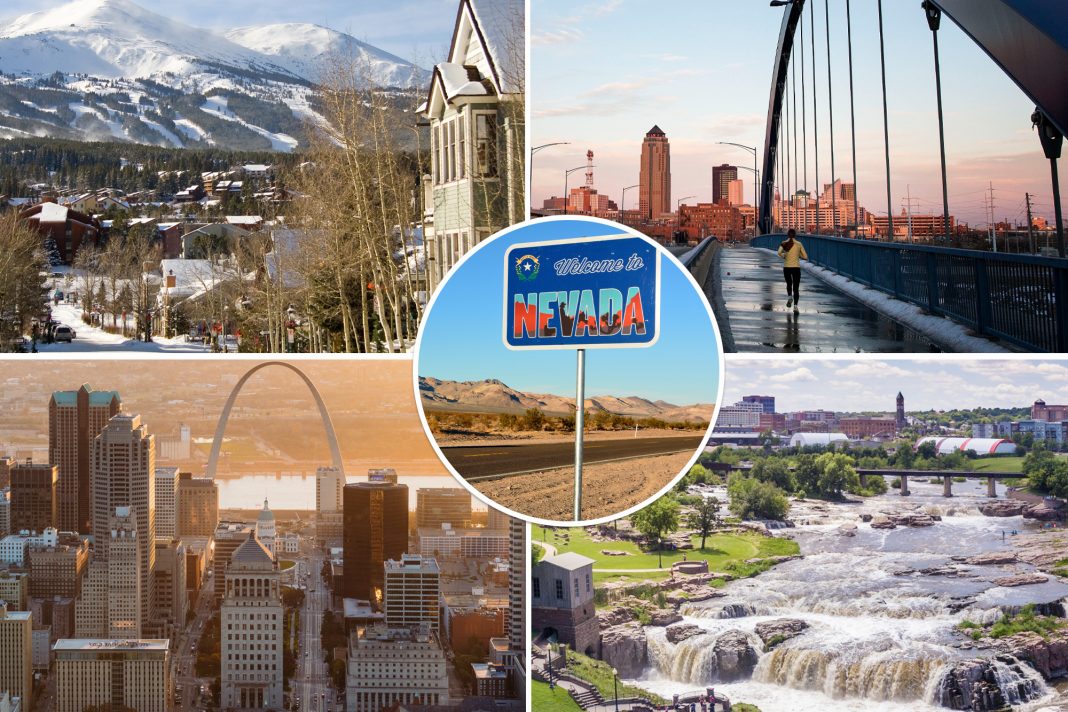As the one-year anniversary of the October 7 attacks in Israel approached, Columbia University found itself at the center of a heated debate over free speech, academic freedom, and the ongoing conflict in Gaza. Over the weekend, university administrators prepared for planned citywide walkouts, a reflection of the growing anti-war activism that has swept across campuses nationwide. This activism is not merely a response to geopolitical events; it represents a significant shift in how students engage with issues of war, peace, and human rights.
In an email sent to professors, a Columbia Law School administrator outlined protocols for handling classroom disruptions related to these protests. The message emphasized the importance of maintaining order, instructing faculty to issue two warnings to any students who violated university conduct rules before involving campus security. This approach highlights a broader trend in which universities grapple with balancing the rights of students to protest against the need to maintain a conducive learning environment. The administrator’s email, described as “highly practical tips for addressing and de-escalating classroom disruptions,” reflects an institutional anxiety about how to manage dissent in a politically charged atmosphere.
Columbia’s response to the protests is emblematic of a larger crackdown on campus activism. In recent months, universities across the country have witnessed a surge in protests against U.S. support for Israel, prompting a wave of arrests and confrontations between students and law enforcement. This has raised critical questions about the limits of academic freedom, particularly when it comes to expressing dissenting views on contentious international issues. As noted by scholars in the field, the current climate may stifle open discourse, which is a cornerstone of higher education.
The protests at Columbia are not isolated incidents; they are part of a broader movement advocating for divestment from companies with ties to Israel. This call for action has resonated deeply with students, many of whom participated in previous demonstrations that resulted in significant disruptions and confrontations with police. This semester, while the frequency of protests has diminished, the spirit of activism remains alive. Events have included a sit-in at the School of International and Public Affairs and silent study-ins at Low Memorial Library, showcasing a variety of tactics employed by students to voice their dissent.
Ahead of the anticipated walkout, the Columbia chapter of Students for Justice in Palestine mobilized support, urging students and staff to leave their classes and jobs. Their rallying cry, “No School. No Work. No business as usual,” encapsulates the urgency felt by many activists who believe that the Palestinian struggle is intertwined with broader social justice movements. The gathering at Low Library, where students read the names of Palestinians killed in Gaza, served as a poignant reminder of the human cost of conflict and the importance of remembrance in activism.
Interim President Katrina Armstrong’s communications to the university community further illustrate the tension between administration and student activism. In a separate email, she warned of a “period of uncertainty” and announced an increased security presence on campus. Armstrong’s concerns were not unfounded; she noted that groups not affiliated with Columbia might come to campus, raising the specter of potential violence. This precautionary stance underscores the precarious balance universities must strike between fostering a safe environment and allowing for robust debate and protest.
The university’s heightened security measures, including restricting access to campus and coordinating with local law enforcement, reflect a growing trend among institutions to preemptively manage protests. While these actions may be intended to ensure safety, they also risk alienating students who feel their voices are being suppressed. As the landscape of campus activism evolves, it is crucial for universities to engage in open dialogue with students, fostering an environment where dissent can be expressed without fear of reprisal.
In conclusion, the events unfolding at Columbia University are not just about a single protest or a series of emails; they represent a critical moment in the ongoing dialogue about free speech, academic freedom, and the role of universities in social justice movements. As students continue to advocate for change, it remains to be seen how institutions will respond to the challenges posed by activism in an increasingly polarized world. The stakes are high, and the outcome will undoubtedly shape the future of campus discourse for years to come.


